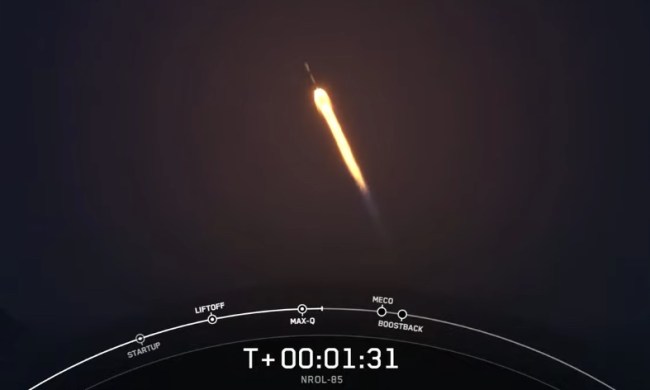SpaceX and NASA have set a date for the launch of the historic mission DEMO-2 — which will send NASA astronauts into space from U.S. soil for the first time in nearly a decade. If successful, the launch will signal a new era in human spaceflight, reclaiming America’s pivotal role in space exploration, which the country put on hold with the retirement of the Space Shuttle program.
The launch aboard Crew Dragon will be held on May 27, according to announcements by Elon Musk’s SpaceX and NASA. Part of the space organization’s Commercial Crew Program, the mission will send two NASA astronauts, Bob Behnken and Doug Hurley, to the International Space Station.
https://twitter.com/JimBridenstine/status/1251178705633841167?s=20
NASA retired the Space Shuttle in 2011. While SpaceX has sent a successful cargo trip to the ISS using the Crew Dragon, this will be the rocket’s first flight with humans. NASA has been working with SpaceX to ensure its Falcon 9 rocket and Dragon spacecraft can safely accomplish the mission.
Last month, NASA and SpaceX dismissed concerns that the coronavirus pandemic would delay the flight, saying at the time the two organizations were targeting a launch in mid-to-late May.
Both Behnken and Hurley are veteran astronauts. Hurley was on the Space Shuttle’s final mission in 2011.
If all goes according to plan, the Dragon will take off at 4:32 p.m. ET on May 27. While the duration for the mission has yet to be finalized, the spacecraft can stay in orbit for 110 days.
Lifting off from Launch Pad 39A atop a specially instrumented Falcon 9 rocket, Crew Dragon will accelerate its two passengers to approximately 17,000 mph and put it on an intercept course with the International Space Station, NASA said in a special report detailing the upcoming mission. Once in orbit, the crew and SpaceX mission control will verify the spacecraft is performing as intended by testing the environmental control system, the displays and control system and the maneuvering thrusters, among other things. In about 24 hours, Crew Dragon will be in position to rendezvous and dock with the space station. The spacecraft is designed to do this autonomously but astronauts aboard the spacecraft and the station will be diligently monitoring approach and docking and can take control of the spacecraft if necessary.
If successful, NASA has plans for additional missions using SpaceX’s rockets, notably future exploration of the Moon and Mars starting with the agency’s Artemis program, which will land the first woman and the next man on the lunar surface in 2024.


